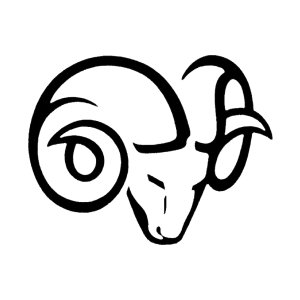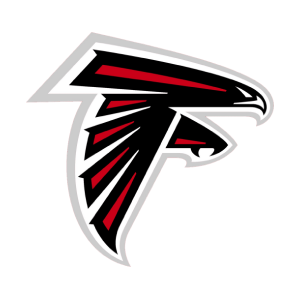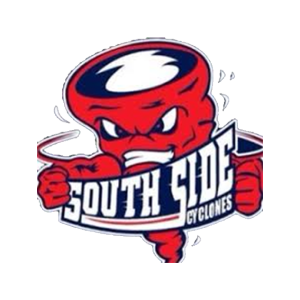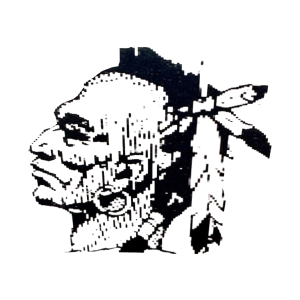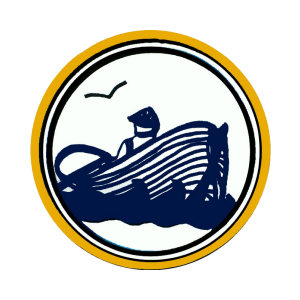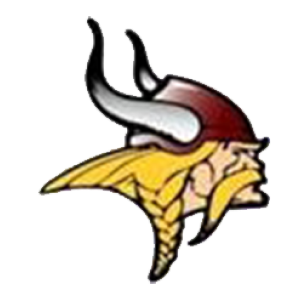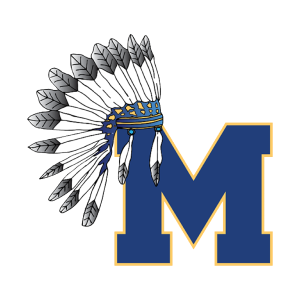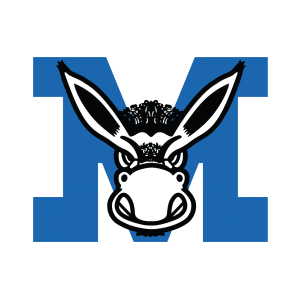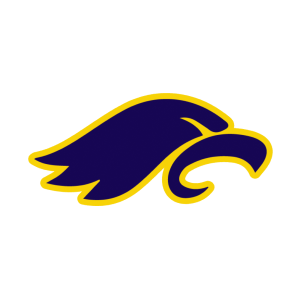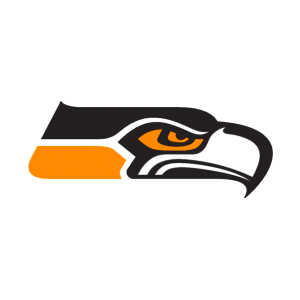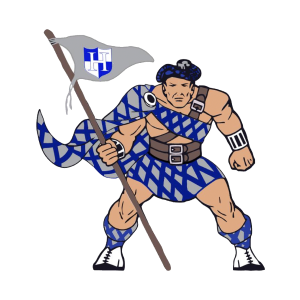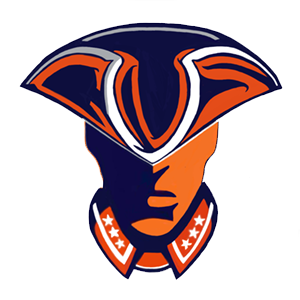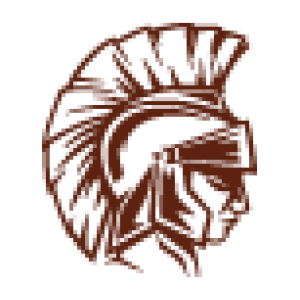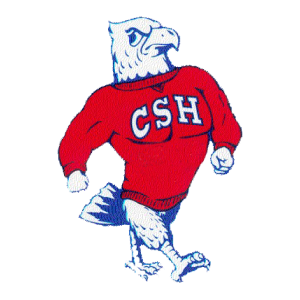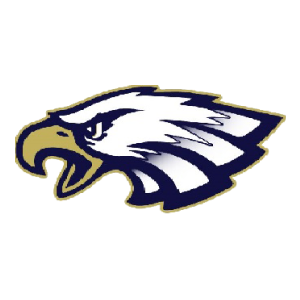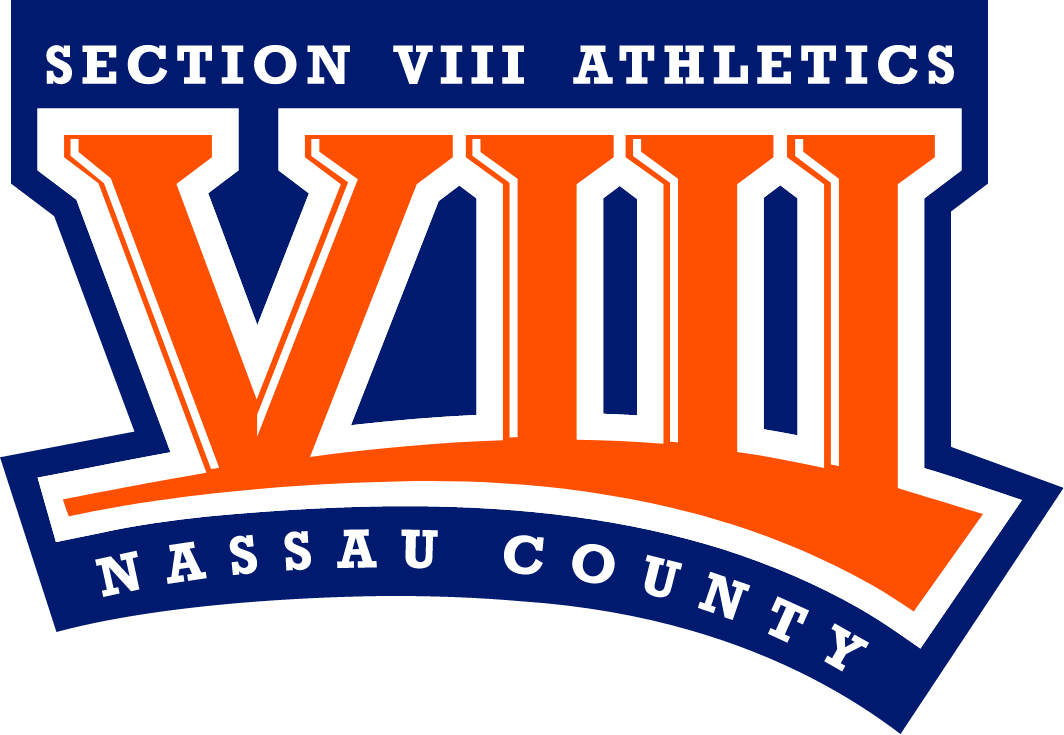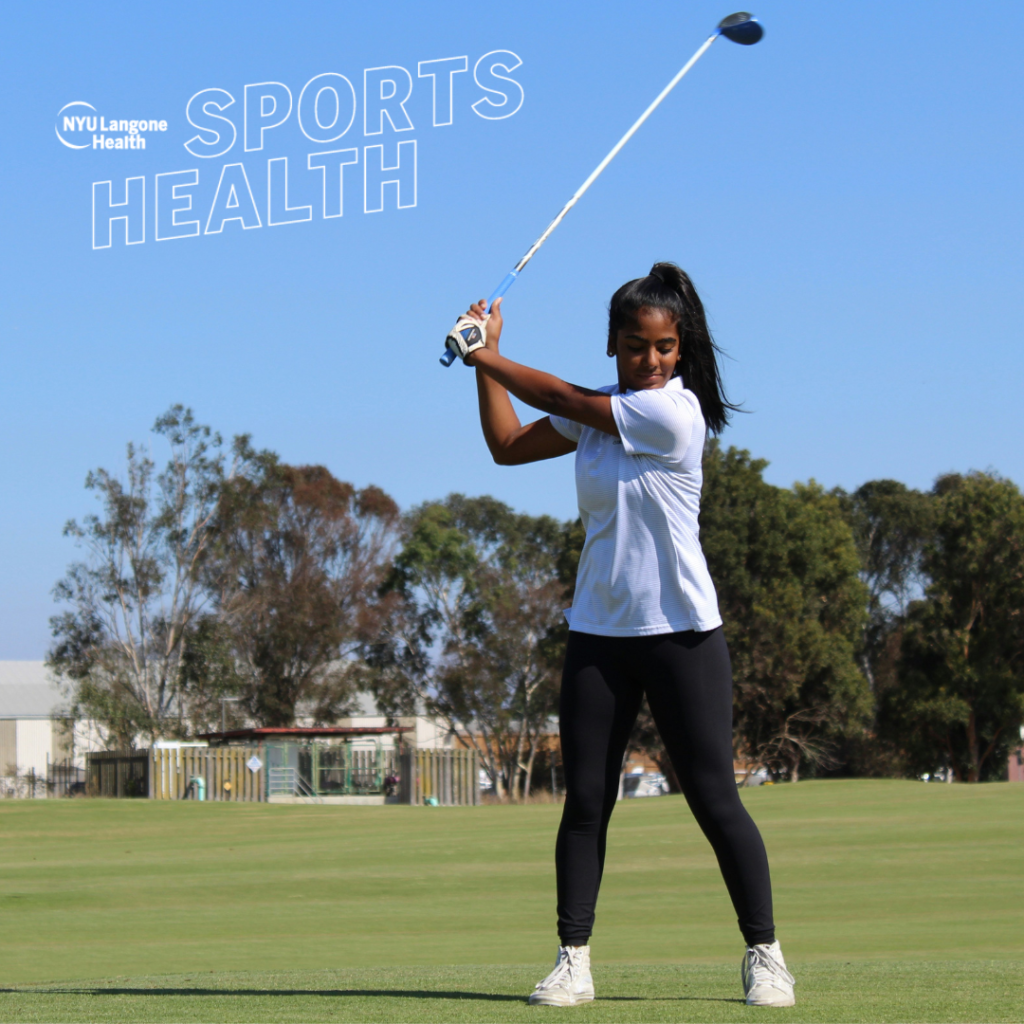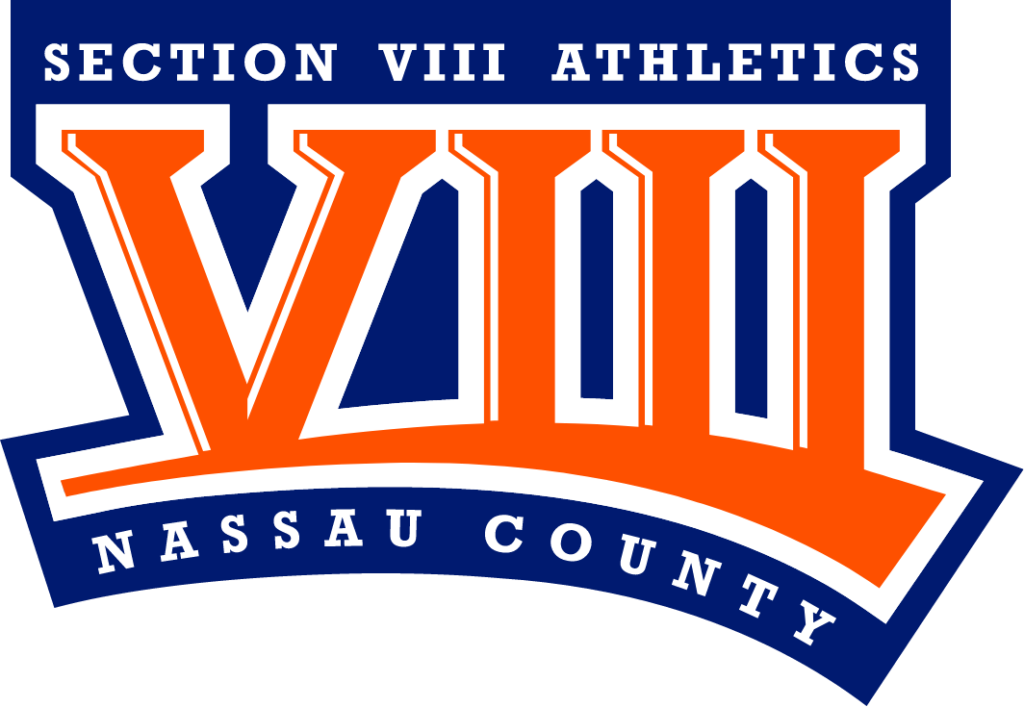Valuable information from Section VIII’s Official Partner in Health Education
The Biomechanics of the Golf Swing
James Koo, PT, DPT, OCS, SCS, FAAOMPT, Physical Therapist, Supervisor Physical Therapy
Playing golf is a great way to get some fresh air, stay active, and enjoy a bit of competition. When everything is going well, it can feel like the greatest game on earth. Other times it can feel like a lot of walking, separated by bouts of disappointment. Understanding golf biomechanics helps with improving performance and injury prevention.
The phases of the golf swing are:
Address. A proper setup routine at the beginning of each swing is essential for consistency. The key is to set up a stance at the proper distance from the ball, ensuring both balance and mobility.
Backswing. The purpose of the backswing is to position yourself to create potential energy. The farther you can rotate your body, the greater the potential for a powerful swing. Improve your backswing by working on your thoracic spine (upper back) and hip mobility.
Downswing. The goal of the downswing is to create maximum acceleration. Ideally, the initiation of movement starts at the pelvis and a segmental “uncoiling” of the trunk, shoulder, and wrists. When you initiate movement from the upper body, it can greatly decrease the swing’s power and lead to inconsistency.
Impact. At this stage, the golf club head has reached maximum velocity and contacts the ball. How the ball behaves after contact is a function of the club’s path of movement and the orientation of the club face.
Follow-through. A good follow-through allows you to decelerate in a controlled manner. Most of the weight is shifted onto the lead leg, and you finish in an upright position. Do you have back pain after golfing? This phase may be contributing to it.
Learn more about the Sports Performance Center and Sports Health for ways to stay healthy and improve golf performance!


